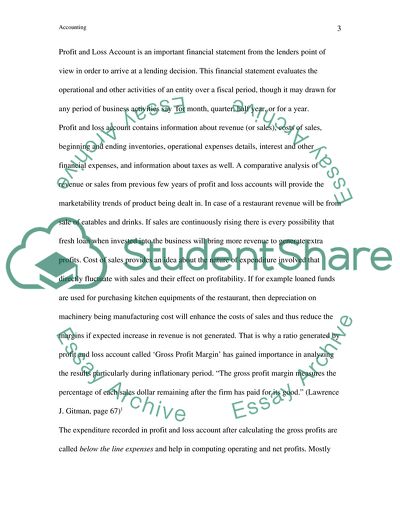Cite this document
(Use of Profit and Loss Account, Balance Sheet, and Cash Flow Statement Coursework, n.d.)
Use of Profit and Loss Account, Balance Sheet, and Cash Flow Statement Coursework. https://studentshare.org/finance-accounting/1717877-accounting
Use of Profit and Loss Account, Balance Sheet, and Cash Flow Statement Coursework. https://studentshare.org/finance-accounting/1717877-accounting
(Use of Profit and Loss Account, Balance Sheet, and Cash Flow Statement Coursework)
Use of Profit and Loss Account, Balance Sheet, and Cash Flow Statement Coursework. https://studentshare.org/finance-accounting/1717877-accounting.
Use of Profit and Loss Account, Balance Sheet, and Cash Flow Statement Coursework. https://studentshare.org/finance-accounting/1717877-accounting.
“Use of Profit and Loss Account, Balance Sheet, and Cash Flow Statement Coursework”. https://studentshare.org/finance-accounting/1717877-accounting.


